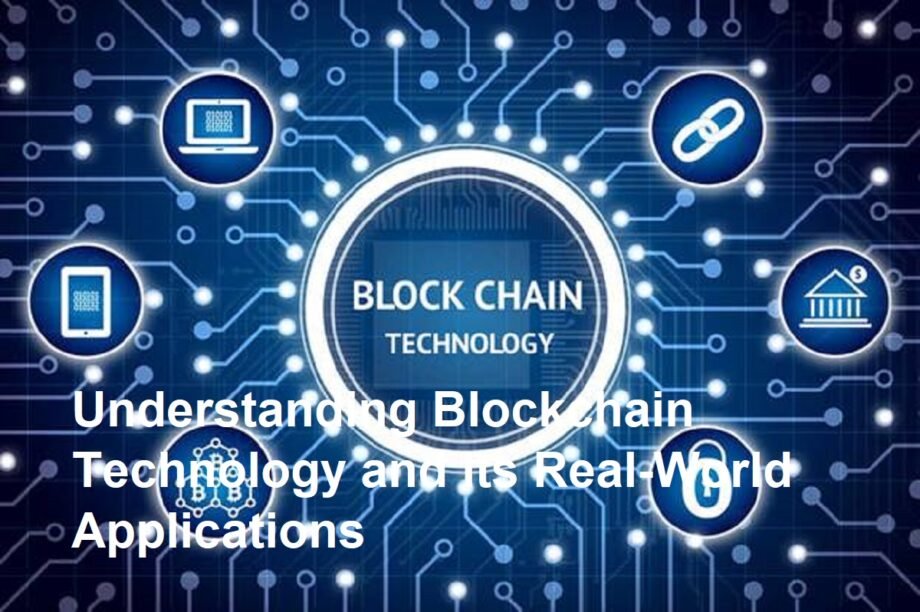Introduction
Blockchain technology has rapidly emerged as one of the most transformative innovations of the 21st century. Originally conceptualized as the underlying system for cryptocurrencies like Bitcoin, blockchain now extends far beyond digital currencies. This article explains the fundamentals of blockchain technology, highlights its core features, and explores practical examples of its application across various industries. By understanding blockchain, businesses and individuals can harness its potential to increase security, transparency, and efficiency.
What Is Blockchain Technology?
At its core, blockchain is a decentralized and distributed digital ledger that records transactions across multiple computers in a secure, tamper-proof manner. Unlike traditional databases controlled by a central authority, blockchain operates on peer-to-peer networks, ensuring no single party can alter the transaction history without consensus. Each transaction or data entry is bundled into blocks, which are cryptographically linked to one another, forming an irreversible chain—hence the name “blockchain.”
Key Features of Blockchain
- Decentralization:No central control; the ledger is maintained by multiple nodes.
- Transparency:Transaction data is visible to network participants, promoting trust.
- Security:Cryptographic hashing and consensus mechanisms protect data integrity.
- Immutability:Once recorded, data cannot easily be changed or deleted.
- Efficiency:Automated processes reduce intermediaries and speed up transactions.
Practical Examples of Blockchain Applications
Blockchain’s versatility makes it applicable far beyond cryptocurrencies. Here are some notable real-world use cases:
1. Cryptocurrency and Digital Payments
The original and most popular application, cryptocurrencies like Bitcoin and Ethereum leverage blockchain to enable peer-to-peer digital payments without intermediaries, reducing transaction fees and increasing speed.
2. Supply Chain Management
Businesses use blockchain to track products through every stage of the supply chain with full transparency. This boosts accountability, reduces counterfeiting, and improves recall processes. For example, Walmart uses blockchain to trace food products from farm to store shelves.
3. Healthcare Records
Blockchain facilitates secure sharing of patient records between authorized healthcare providers while maintaining privacy. This improves accuracy and accessibility of medical data and reduces fraud.
4. Smart Contracts
These are self-executing contracts coded on blockchain that automatically enforce terms when conditions are met. Smart contracts eliminate the need for intermediaries in legal agreements, real estate transactions, and financial instruments.
5. Voting Systems
Blockchain’s tamper-proof nature promotes secure and transparent digital voting, preventing fraud and ensuring vote accuracy, a feature explored for governmental and corporate elections.
6. Identity Verification:
Blockchain allows individuals to control their digital identities and credentials securely, reducing identity theft and improving access to services.
Why Blockchain Matters for the Future
The benefits of blockchain technology—security, transparency, and decentralization—address many challenges in current systems, from fraud to bureaucratic inefficiency. As more industries adopt blockchain solutions, we expect a shift toward more trustworthy and efficient digital ecosystems. Governments and regulators are also advancing frameworks to encourage innovation while safeguarding users.
Conclusion
Blockchain technology is revolutionizing how data and transactions are managed across diverse sectors. From cryptocurrencies to supply chains, smart contracts, and healthcare, blockchain is poised to enhance security, trust, and operational efficiency worldwide. By understanding these principles and real-world applications, businesses and individuals can position themselves to benefit from the ongoing digital transformation.








